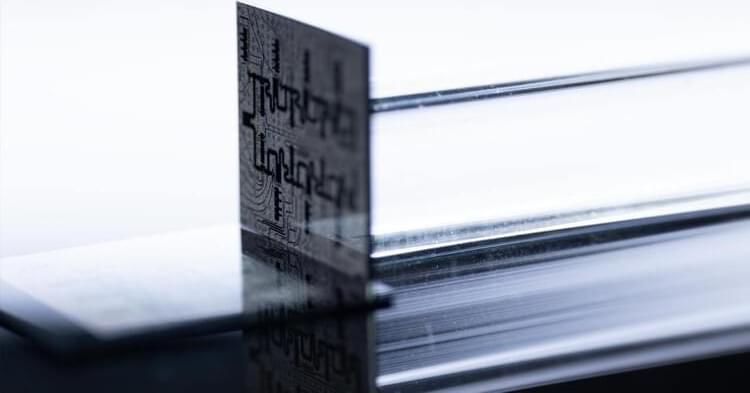The **article** presents the intriguing hypothesis of a two-sided universe with matter and antimatter moving in opposite time directions from the Big Bang. It **explores** the concept of time reversal through the lens of quantum mechanics, using examples like electron-positron annihilation and the theoretical potential of black holes for backward time movement. **Symmetry**, especially CPT symmetry, is highlighted as a cornerstone of physics, suggesting a mirror universe moving backward in time might exist without violating physical laws. **Ideas** such as the “one electron universe” are presented, considering electrons as a single particle moving back and forth through time. However, the article **acknowledges** the importance of broken symmetry, particularly the matter-antimatter imbalance, for the universe’s existence.
–
Ads/sponsorships/reviews: contact me at.
[email protected].
–
👉👉👉 For Bitcoin donations, use the on-chain address below or the Lightning Network address provided below :
On-chain Bitcoin donations :
bc1qhss4ae60vn2s0a0khtmf4y90qfeju6tzq43thy.
Lightning Network LNURL Bitcoin for donations :
[email protected].
–
Referral link — passive income :
👉https://pawns.app/?r=QuickLearn.
–
Referral link — Mine Bitcoin Easily :
👉https://gomining.com/?ref=7Xo5l.
👉Discount Coupon: CORNER
Category: quantum physics – Page 195
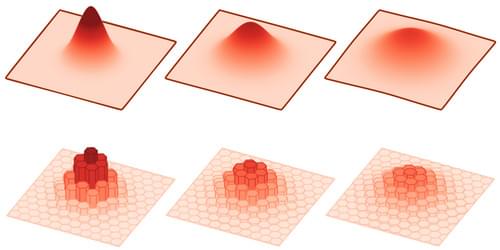
Imaging Quantum Waves
A new imaging technique can show the wave-like behavior of unconfined quantum particles.
A research team has shown that a method for imaging atoms held in a 2D array of optical traps can be used to reveal the wave-like behavior of the atoms when they are released into free space [1]. The team placed atoms in the traps, turned the traps off for a short time, and then turned them back on again. By making many measurements of the atoms’ locations after the traps were reactivated, the researchers could deduce the atoms’ wave-like behavior. The team plans to use this technique to simulate interacting systems of particles in quantum states that are not well understood.
Systems composed of many quantum particles, such as certain types of electronic or magnetic states of matter, can be investigated by simulating them using atoms distributed within arrays of optical traps, like eggs in a vast egg carton. One method for studying such atom arrays, called quantum gas microscopy, involves probing the positions and the quantum states of the atoms by using laser beams to make them fluoresce [2]. Joris Verstraten at the École Normale Supérieure in France and his colleagues have adapted the technique to observe collections of atoms allowed to move in free space, unconstrained by traps.

Unexpected crystals of electrons found in new ultrathin material
Long Ju, the lead researcher, describes the new material, rhombohedral pentalayer graphene, as a gold mine, with discoveries revealed at every step.
A novel class of quantum particles behaves in unexpected ways
Rhombohedral pentalayer graphene is a unique form of pencil lead. Pencil lead, or graphite, consists of graphene, a single layer of carbon atoms arranged in a hexagonal pattern. Rhombohedral pentalayer graphene has five layers of graphene stacked in a specific order.
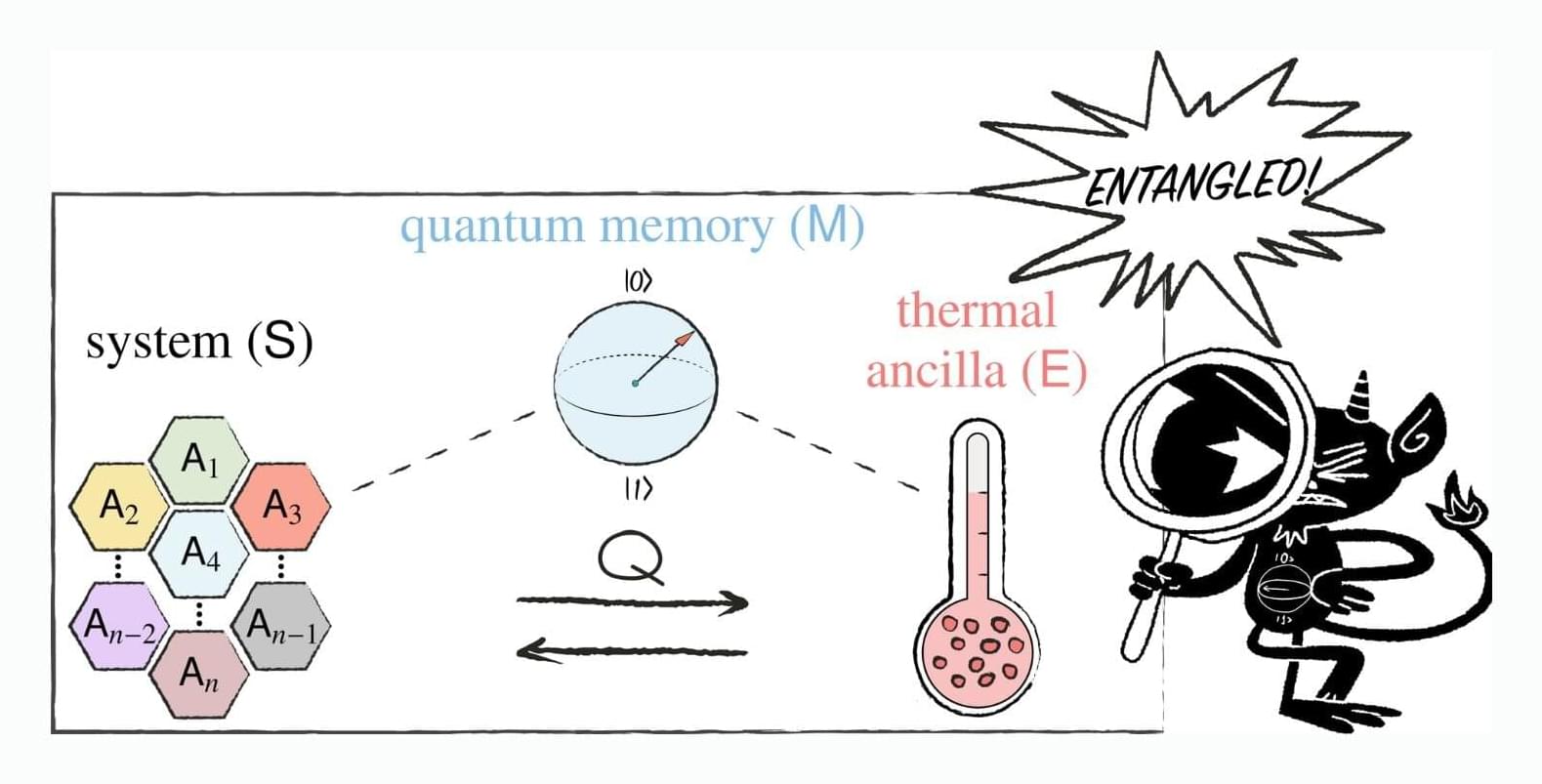
Inspired by Maxwell’s demon, heat flow acts as a witness to quantum properties
In a new study published in Physical Review Letters, scientists have discovered a novel approach to detecting the quantum properties of a system by simply using heat as a witness, requiring no direct measurement of the quantum system itself.
The study proposes connecting thermodynamics with quantum information theory, drawing inspiration from the concept of Maxwell’s demon.
The concept proposed in the 19th century involves an imaginary entity, Maxwell’s demon, that can sort gas molecules by their velocities inside a closed box, seemingly violating the second law of thermodynamics.
Microsoft Announces World’s First Topological Quantum Chip — Majorana 1 Explained
Microsoft have announced a quantum breakthrough – the Majorana 1 chip. But what is it and what does it really mean for the future of quantum computing?
Nature paper.
https://www.nature.com/articles/s4158… announcement: https://news.microsoft.com/source/fea… Check out @domainofscience ‘s awesome video: • Microsoft’s Topological Quantum Compu… 0:00 Microsoft Announces World’s First Topological Qubit 1:19 The Problem with Normal Quantum Computers 6:47 How Do You Build a Quantum Computer? 14:54 What Do You Actually Do with a Quantum Computer? 18:33 Addressing the Majorana 1 Concerns 🚀 🚀 I help scientists and investors tackle the World’s biggest challenges: EMPIRICAL VENTURES: https://empiricalventures.vc 🤘👨🔬 ROCKSTAR SCIENTIST Merch: https://www.rockstarscientist.org/ 📸 INSTAGRAM
/ drbenmiles 🚀 JOIN US for members-only content:
/ drbenmiles A few people have asked so I’ve added the info below. Some of these are affiliate links. If you make a purchase it doesn’t cost you anything extra, but a percentage of the sale will help support this channel and my work to bringing entrepreneurship into science. Camera : Sony A7III https://amzn.to/3OWrmGd Lens: Sigma 402,965 16 mm F1.4 https://amzn.to/49BNJdq Mics: Shure SM7B
• Scientists Just Created World’s First… Zoom H4n Pro https://amzn.to/3OXsklB Sennheiser AVX https://amzn.to/4geWnBi.
Microsoft announcement:
https://news.microsoft.com/source/fea…
Check out @domainofscience‘s awesome video:
• Microsoft’s Topological Quantum Compu…
0:00 Microsoft Announces World’s First Topological Qubit.
1:19 The Problem with Normal Quantum Computers.
6:47 How Do You Build a Quantum Computer?
14:54 What Do You Actually Do with a Quantum Computer?
18:33 Addressing the Majorana 1 Concerns.
🚀 🚀 I help scientists and investors tackle the World’s biggest challenges:
Dyson’s eternal intelligence
Concept (the Dyson Scenario), proposed by Freeman Dyson in 1979, proposes a means by which an immortal society of intelligent beings in an open universe may escape the prospect of the heat death of the universe by extending subjective time to infinity even though expending only a finite amount of energy.
Bremermann’s limit can be invoked to deduce that the amount of time to perform a computation on 1 bit is inversely proportional to the change in energy in the system. As a result, the amount of computations that can be performed grows over time. The increase in energy available slows logarithmically, but never stops. Therefore, for any specific computation rate that requires a specific amount of energy, there will come a time when that energy is available to be used.
The intelligent beings would begin by storing a finite amount of energy. They then use half (or any fraction) of this energy to power their thought. When the energy gradient created by unleashing this fraction of the stored fuel was exhausted, the beings would enter a state of zero-energy-consumption until the universe cooled. Once the universe had cooled sufficiently, half of the remaining half (one quarter of the original energy) of the intelligent beings’ fuel reserves would once again be released, powering a brief period of thought once more. This would continue, with smaller and smaller amounts of energy being released. As the universe cooled, the thoughts would be slower and slower, but there would still be an infinite number of them. In 1998 it was discovered that the expansion of the universe appears to be accelerating rather than decelerating due to a positive cosmological constant, implying that any two regions of the universe will eventually become permanently separated from one another. Dyson noted that \.
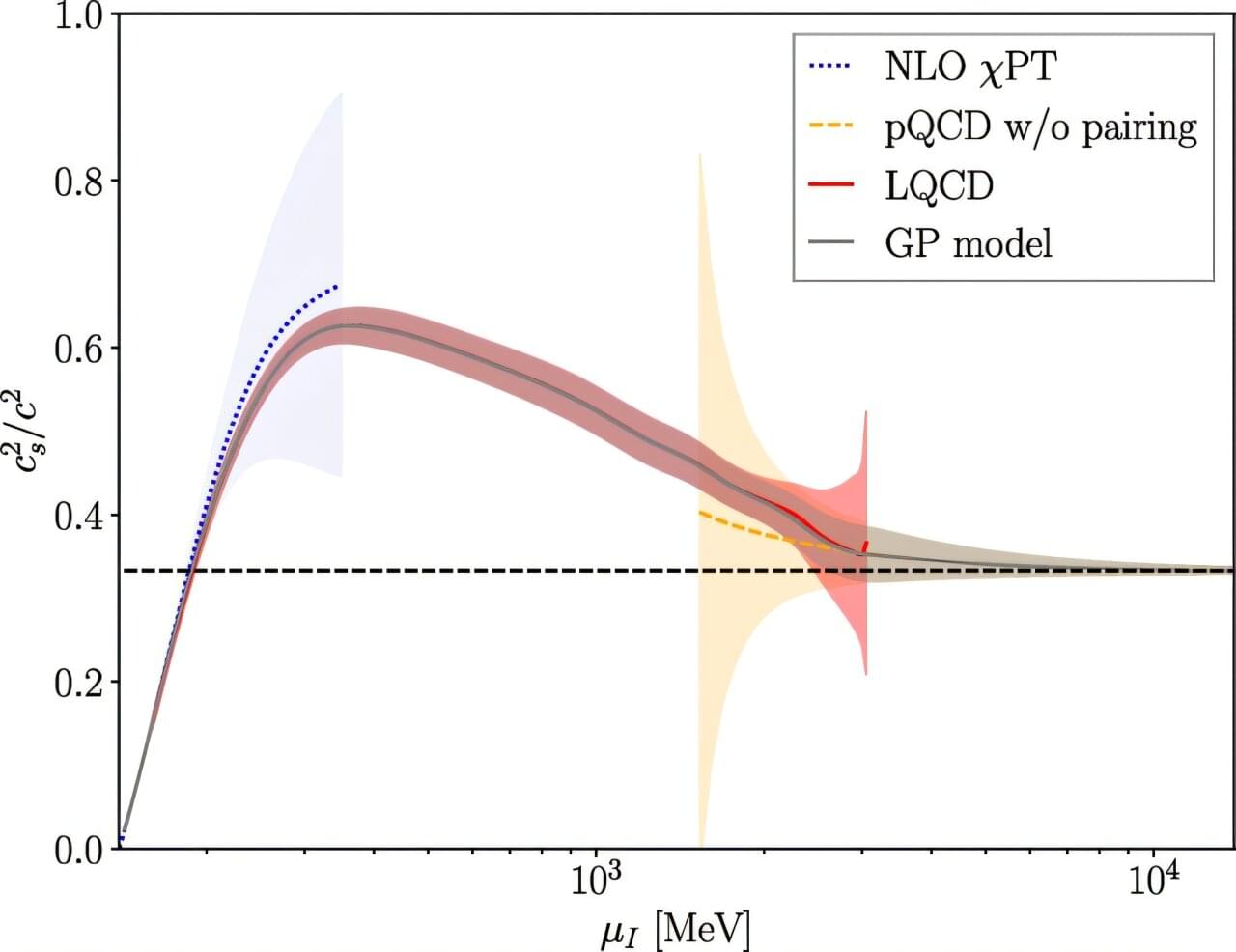
An equation of state for dense nuclear matter such as neutron stars
Neutron stars are some of the densest objects in the universe. They are the core of a collapsed megastar that went supernova, have a typical radius of 10 km—just slightly more than the altitude of Mt. Everest—and their density can be several times that of atomic nuclei.
Physicists love extreme objects like this because they require them to stretch their theories into new realms and see if they are confirmed or if they break, requiring new thinking and new science.
For the first time, researchers have used lattice quantum chromodynamics to study the interior of neutron stars, obtaining a new maximum bound for the speed of sound inside the star and a better understanding of how pressure, temperature and other properties there relate to one another.

Methane’s collision with gold surfaces reveals how quantum interference and symmetry dictate molecular behavior
The quantum rules shaping molecular collisions are now coming into focus, offering fresh insights for chemistry and materials science. When molecules collide with surfaces, a complex exchange of energy takes place between the molecule and the atoms composing the surface. But beneath this dizzying complexity, quantum mechanics, which celebrates its 100th anniversary this year, governs the process.
Quantum interference, in particular, plays a key role. It occurs when different pathways that a molecule can take overlap, resulting in specific patterns of interaction: some pathways amplify each other, while others cancel out entirely. This “dance of waves” affects how molecules exchange energy and momentum with surfaces, and ultimately how efficiently they react.
But until now, observing quantum interference in surface collisions with heavier molecules like methane (CH4) was nearly impossible because of the overwhelming number of pathways available for the system to take en route to the different collision outcomes. Many scientists have even wondered if all quantum effects would always “wash out” for these processes so that the simpler laws of classical physics, which apply to everyday, “macroscopic” objects, might be enough to describe them.
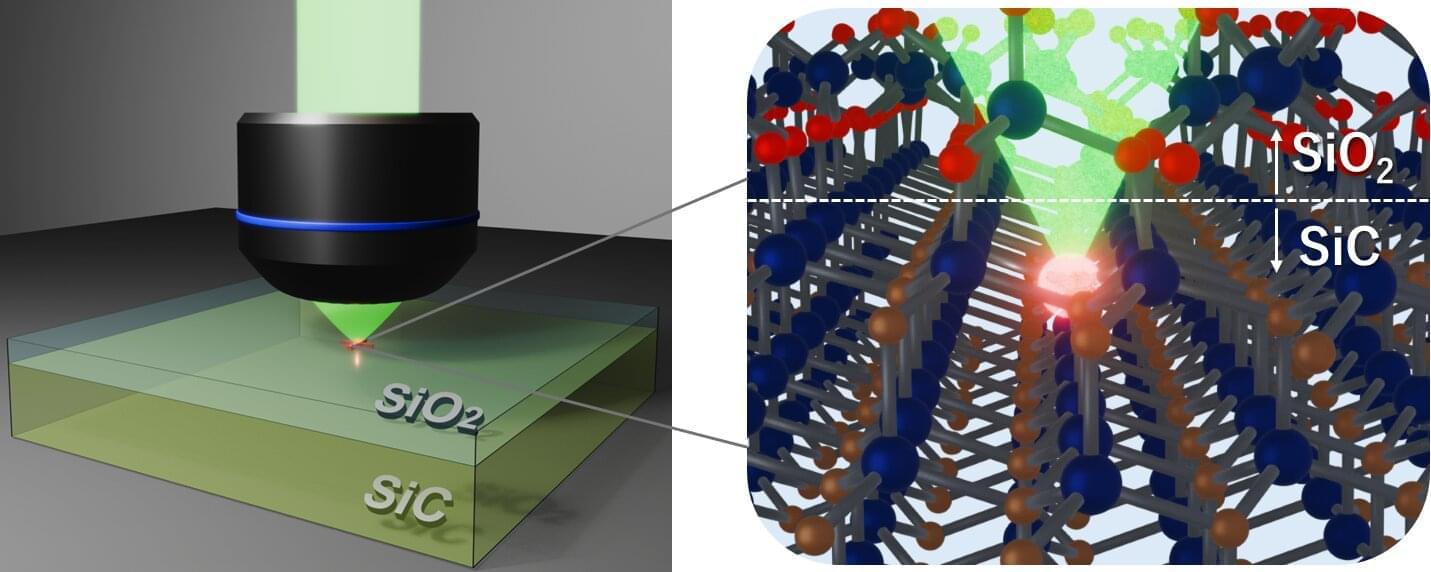
Unraveling the origin of extremely bright quantum emitters
Many next-generation quantum devices rely on single-photon emitters based on optically active defects in solids, known as color centers. Understanding their properties is fundamental to developing novel quantum technologies.
Now, in a study published in APL Materials, a multi-institutional research team led by Osaka University has sought to clarify the origin of the extremely bright color centers at the interface between silicon dioxide (SiO2) and silicon carbide (SiC).
Previous research has demonstrated a range of factors that can play a role in the formation of these interface color centers, including the effect of annealing after oxidation. However, the energy level structure (i.e., the electronic transitions taking place) responsible for luminescence, a crucial factor for understanding the origin of color centers, was completely unknown.
